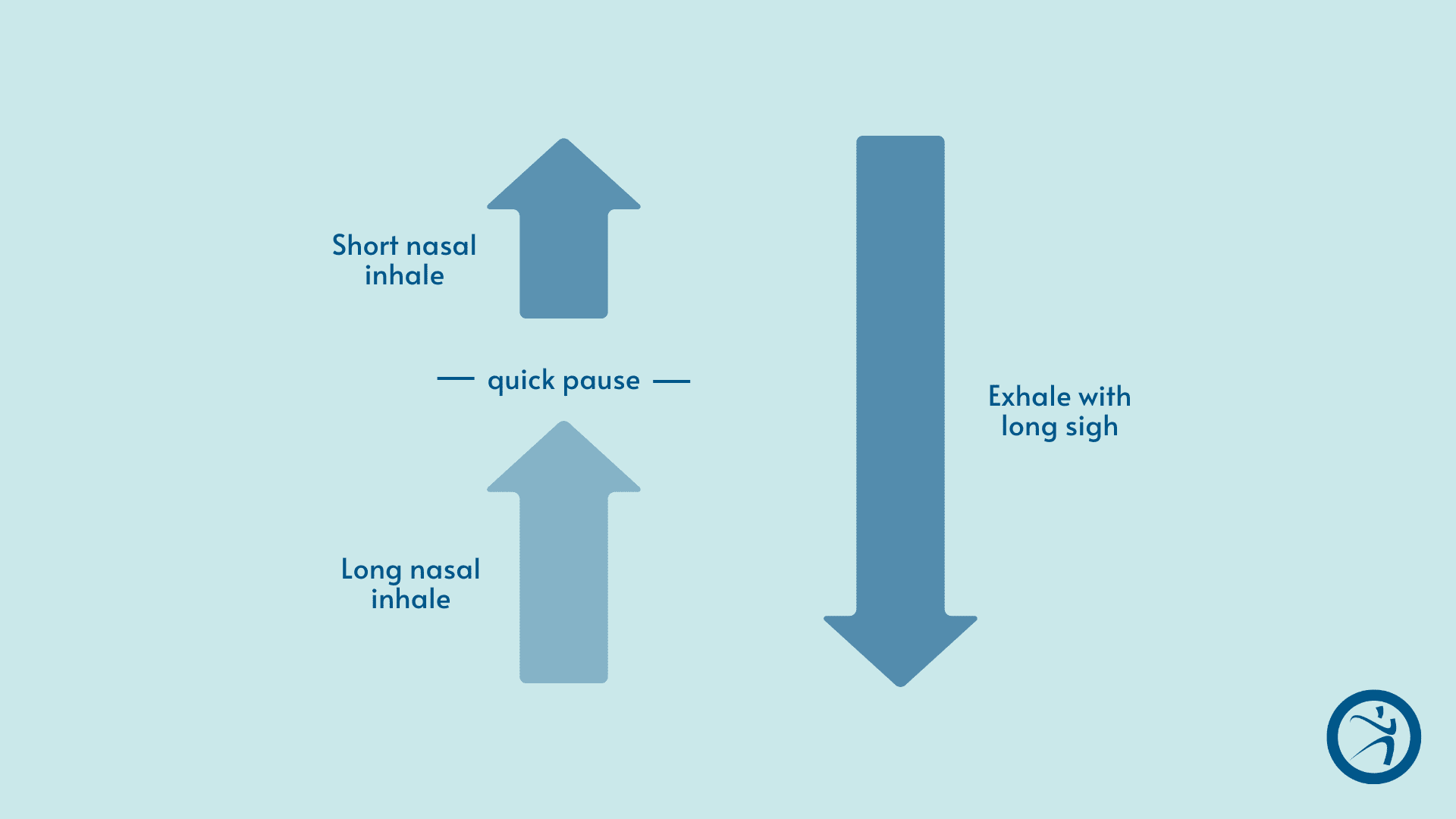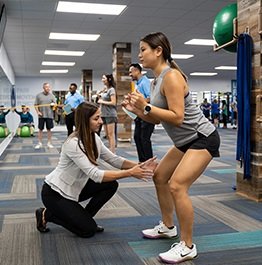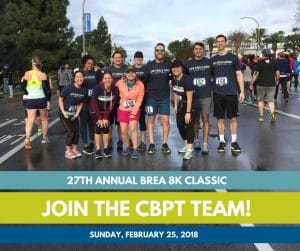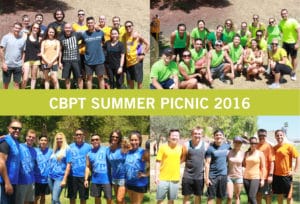
Expert Breathing Methods to Alleviate Pain and Reduce Stress
September 25, 2023Breathing and pain are quite tightly related. If you’ve ever stubbed your toe, you’ve felt exquisite pain and lack of ability to inhale as a result. Your subconscious brain takes over to protect yourself from further tissue damage and as a result, it can be difficult to breathe normally (to put it lightly). This is just one example of a time when the control of our breath is momentarily suspended.
As outlined above, our breath is directly tied to our central nervous system. The central nervous system is comprised of our brain and spinal cord and is responsible for sending and receiving information based on our internal and external environment to keep us safe. The central nervous system can be divided into two categories: parasympathetic (rest and digest) and sympathetic (fight, flight, or freeze). These are two different branches that are always sending and receiving signals within our bodies. However, depending on our external and internal environment, one branch may be sending and receiving more signals than the other. Think of these branches as advisors that speak at varying volumes when they want to influence your behavior and bodily functions to keep you safe. The parasympathetic system will tell you that you’re safe and can be at ease while your sympathetic nervous system will tell you to run away, confront, or freeze in front of whatever is threatening your safety. Unfortunately, the sympathetic nervous system has a much higher capacity to influence your internal state.
Depending on which advisor is more influential, your breath will follow suit. If you’re getting ready to deal with or respond to a dangerous situation, like stubbing your toe, your breath speeds up and vice versa. Compared to all other animals who have no conscious control over their breathing, humans can paddle upriver against the forces within our brains that are trying to dictate how to breathe. Taking control of your breathing can reverse many of the uncomfortable effects of being in fight or flight. When we are in pain, our sympathetic nervous system is screaming. It’s the advisor we wish would quiet down a few notches and allow us to get some rest. Lucky for us humans, we can influence our parasympathetic nervous system to calm the brain down and relieve pain and stress through our breath.
Here are a few options of breathing techniques to reduce your sympathetic nervous system’s influence and tip you in favor of rest and digest:
4-7-8 Breathing Technique
Breathe in for 4 seconds, hold your breath for 7 seconds, and exhale for 8 seconds. You can repeat this breathing exercise 4-8 times.
Box breathing

The advantage of this option is you get to choose your own adventure! You determine the amount of time spent with each portion of breathing here. An easy number to start with is 3 seconds, so I’ll use it as an example of how to perform this technique.
Inhale for 3 seconds, hold for 3 seconds, exhale for 3 seconds, and hold for 3 seconds.
Physiological Sigh

This is the only breathing technique you’ll see your animals do at home. That’s how effective and deep-seated this technique is! You take a big breath in, then rapidly take in a little more air, then exhale. The exhale should take as long as the inhale and rapid breath in combined.
It’s important to note that while breathwork is helpful, it isn’t a cure-all. Sometimes our sympathetic nervous system is ramped up too high and cannot be calmed, like the rageful two-year-old who has had too much fruit juice. Or, you have muscle or joint pain as a result of postural or movement dysfunction that no amount of breathing will fix. When this is the case (or when you have any unresolvable pain), it’s time to visit a physical therapist. We can help you find exercises, stretches, or even lifestyle changes to help reduce your pain and get you back to feeling normal. When in doubt, if you have pain, a physical therapist can help!
For further reading on the effects connections between our bodies and mental health, check out:
Sign up below for an appointment with one of our physical therapists to get started with hands-on treatment and a personalized exercise plan for your back or shoulder pain!
A representative will be in touch shortly.WANT MORE TIPS?
Peter enjoys surfing, rock climbing, mountain biking, weightlifting and running. When not doing any of the above, he enjoys sitting on the couch with his wife and cat to enjoy a movie or the latest episode of whatever popular show.
Latest posts by Peter Mitchell, PT, DPT, MS, CSCS (see all)
- Expert Breathing Methods to Alleviate Pain and Reduce Stress - September 25, 2023
Reader Interactions
Leave a comment Cancel reply
You must be logged in to post a comment.
SIGN UP FOR
LIFE+ is a FREE membership
that offers:
• Informative Newsletters
• Health & Wellness Tips
• Videos from Our Experts
• Special offers
…and much more!
SEARCH

GET MORE TIPS! PAIN 101 TUTORIALS
EXPLORELATEST TWEETS
ARCHIVES
- February 2025
- August 2024
- February 2024
- November 2023
- September 2023
- July 2023
- June 2023
- January 2023
- November 2022
- October 2022
- September 2022
- August 2022
- July 2022
- June 2022
- May 2022
- April 2022
- March 2022
- December 2021
- November 2021
- October 2021
- September 2021
- August 2021
- July 2021
- June 2021
- April 2021
- March 2021
- February 2021
- January 2021
- December 2020
- November 2020
- October 2020
- September 2020
- August 2020
- April 2020
- March 2020
- February 2020
- January 2020
- December 2019
- November 2019
- October 2019
- September 2019
- August 2019
- July 2019
- June 2019
- May 2019
- April 2019
- March 2019
- February 2019
- January 2019
- November 2018
- September 2018
- August 2018
- July 2018
- June 2018
- May 2018
- April 2018
- March 2018
- February 2018
- January 2018
- December 2017
- November 2017
- October 2017
- September 2017
- August 2017
- July 2017
- June 2017
- May 2017
- April 2017
- March 2017
- February 2017
- January 2017
- December 2016
- November 2016
- October 2016
- September 2016
- August 2016
- July 2016
- June 2016
- May 2016
- April 2016
- March 2016
- February 2016
- January 2016
- December 2015
- November 2015
- October 2015
- September 2015
- August 2015
- July 2015
- June 2015
- May 2015
- April 2015
- March 2015
- February 2015
- January 2015
- December 2014
- November 2014
- October 2014
- September 2014






